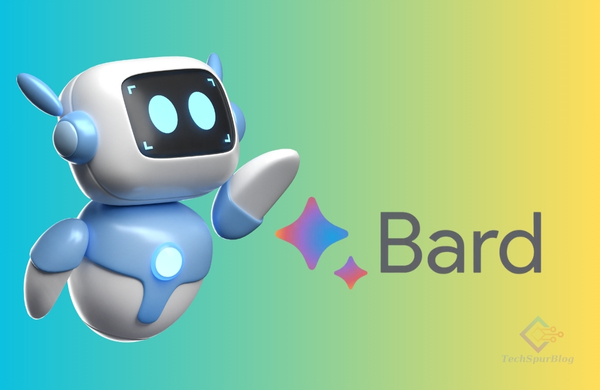
In what Google defines as its most significant update to date in the realm of chatbots, Bard begins utilizing Gemini technology starting this Wednesday (6th). The company announced this groundbreaking innovation today, enhancing the AI’s capabilities in reasoning and content generation.
Additionally, Google is gearing up for an extra powerful version of the chatbot, expected in 2024: named Bard Advanced, it appears akin to a ‘Google’s ChatGPT Plus’ (our definition), powered by Gemini Ultra, the most potent iteration of the foundational model.
Bard with Gemini
The Bard available for use today will integrate the Gemini Pro technology into its engine, an intermediate version of Google’s model. This model also includes the Nano version, designed for efficiency, catering to local processing on mobile devices.
“We’ve optimized Gemini Pro within Bard to enhance capabilities in comprehension, summarization, reasoning, code creation, and planning,” explains Sissie Hsiao, Vice President and Product Director of Google Assistant and Bard.
“And we’re reaping rewards: in blind tests with external evaluators, Bard now stands as the preferred free chatbot compared to top-notch alternatives,” she adds.
And if you thought ‘top-notch alternatives’ referred to ChatGPT, it seems that’s the case: Google reveals Gemini Pro outperformed GPT-3.5 (the free ChatGPT language model) in six out of eight industrial standard benchmarks. This includes the MMLU (Massive Multitask Language Understanding) — ‘a key benchmark for measuring large AI models,’ as explained by Google — and the GSM8K, used to assess primary-level mathematical reasoning.
Also Read: Google Introduces AI Technology to Android via Gemini Model Launch
Hands-on Demonstration
In a demonstration released by Google, YouTuber Mark Rober seeks help from Bard in crafting the perfect paper airplane. The chatbot devises an advanced and detailed script with numerous options, test models, and ways to evaluate each creation to achieve the ultimate final result.
Despite the lighthearted theme, this initiative showcases Bard’s potential with Gemini to drive scientific advancements across various fields.
Bard Advanced on the Horizon
Another confirmed development by Google is the launch of ‘Bard Advanced’ in 2024. This enhanced version of the chatbot will be equipped with Gemini Ultra, the most potent and refined version of the package, designed to solve complex problems and expected to handle more advanced interactions.
A demo video of Gemini Ultra shows natural and multimodal interactions, displaying items in front of a camera and receiving real-time audio-generated responses. The individual also converses with the virtual assistant, suggesting seamless interchange between text, image, and audio inputs.
Although Google hasn’t specified features or whether everything will be free, it’s conceivable that it will function similar to ChatGPT Plus, likely through a paid subscription model.
When questioned about this during the Gemini launch conference, Sissie Hsiao refrained from commenting on the initiative’s potential business model.
“We’re focused on delivering the best experience to people at this moment and have nothing specific to share regarding monetization yet,” explained the executive.
As Google fine-tunes Gemini Ultra, this novelty remains confined to test circles for now. There’s no precise forecast for its widespread release via Bard Advanced.
Currently Available
Upon launch, Gemini on Bard will be accessible in over 170 countries, albeit only in English. To test it, you’ll need to navigate to your Google Account settings (myaccount.google.com/language) and select this language as default — remember, this alters the language across all services associated with your profile.
Also Read: Google Cloud TPU v5p, a Quantum Leap in AI Processing Power
Gemini
Gemini stands as Google’s new foundational model powering Bard, Android, and potentially other Google products in the future. Its standout features include multimodal support — accommodating text, image, or audio commands — and advanced capabilities in comprehension, calculation-solving, and AI-generated content creation.

Leave a Reply